Choreutics (space) and Eukinetics (effort) are the two broad categorical headings under which Laban grouped elements of movement. He did not single out shape as a separate category. Initially, shape was a Gestalt concept for Laban, a combination of the lines traced by the body in space and the dynamic qualities observable in these three-dimensional sequences.
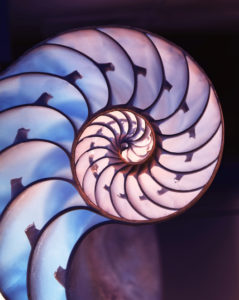
Laban’s first career as a visual artist and his familiarity with Art Nouveau and abstract Expressionist theories influenced his initial description of shape as an element of dance and movement. In Meaning in Motion, I explain that Laban’s notion of the mover’s space has two aspects: one descriptive and one prescriptive. Now it is time to explore Laban’s “Language of Space”: https://movescapecenter.com/labans-language-of-space/For example, Laban studied with the Swiss botanist and artist Hermann Obrist. Obrist admonished his students to understand natural objects as images “full of expressive forces, full of linear, plastic, constructive movements.”
Laban applied this notion to dance. In his first book, he noted that “the dancer observes the form of things and the movement of living creatures as to their directional tendencies.” Then the dancer translates these into gestures laden with “psychic tension.”
Consequently, the shape chapter in Meaning in Motion opens with a movement exploration based upon the shapes of natural objects, such as rocks, shells, pine cones, branches, etc. The chapter moves on to discuss a more precise definition of movement shapes, focusing on modes of shape change and shape qualities. The chapter closes with working definitions of the elements of shape.

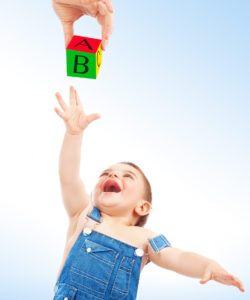

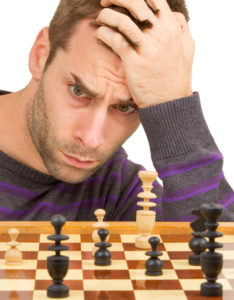
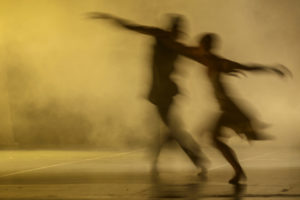

 correspondence course, Rebecca Nordstrom created a sequence of basic actions and imagined this movement sequence as a scenario involving the
correspondence course, Rebecca Nordstrom created a sequence of basic actions and imagined this movement sequence as a scenario involving the 
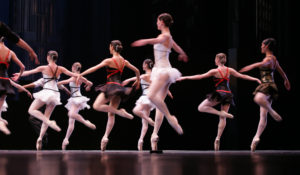
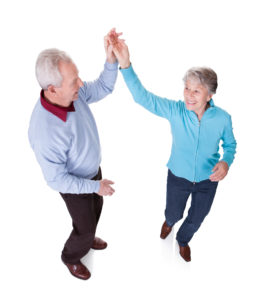 In late April we celebrate National Dance Week. This year’s festivities come with scientific evidence that
In late April we celebrate National Dance Week. This year’s festivities come with scientific evidence that